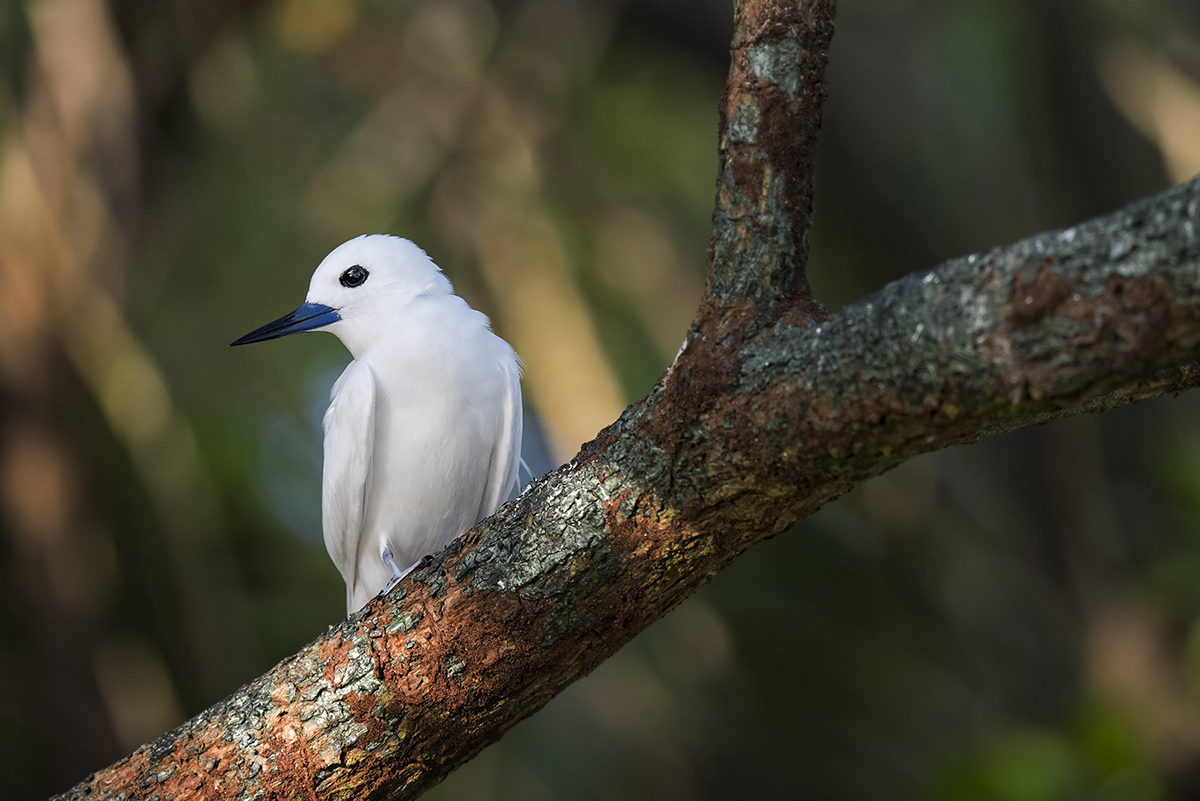Despite international environmental agreements and conservation efforts worldwide, we are facing the sixth great extinction, with up to 1 million species currently at risk. Invasive Alien Species (IAS) – species whose introduction and spread outside their natural past or present distribution threatens biological diversity – are one of the biggest causes of biodiversity loss and species extinctions. They have been partially or fully responsible for at least 46% of all known bird extinctions and 86% of all recorded extinctions on islands.
 Fairy Tern in Palmyra Atoll. Photograph: Andrew Wright for Island Conservation
Fairy Tern in Palmyra Atoll. Photograph: Andrew Wright for Island Conservation
A new study published in Perspectives in Ecology and Conservation compares the damage cost of invasive alien species to that of natural catastrophes, using data from InvaCost, the International Disaster Database and the National Centers for Environmental Information National Oceanic and Atmospheric Administration from 1980 to 2019. The conclusion? The impact is equivalent.
Over these four decades, damage costs related to biological invasions reached approximately US$ 1,208 billion, reflecting a stark 702% increase in reported losses from 1980-1999 to 2000-2019. The number surpassed damage costs caused by earthquakes, floods and all other natural hazards, with the exception of storms. It should be noted that this research does not include management spending and focuses only on direct damage costs – economic losses resulting from direct or indirect impacts of invasive species. Although the study indicates that IAS damage costs have been rising at a much faster rate than those of natural hazards over the past 40 years, these biodiversity loss drivers often don’t receive the attention they warrant.
IAS are a rapidly growing threat to global biodiversity and, if left unaddressed, could lead to further extinctions. A total of 1352 mammal, bird, reptile and amphibian species worldwide, classified as threatened, are primarily endangered by IAS impacts. Decision-makers must prioritize proactive investments, particularly in prevention and rapid eradication to avoid delayed, long-term control measures and damages. Acknowledging the need to expand the current control toolbox to include new approaches and transformative tools is also of critical importance, as existing tools have not been enough to reverse habitat loss and restore ecosystems.
Recent posts
